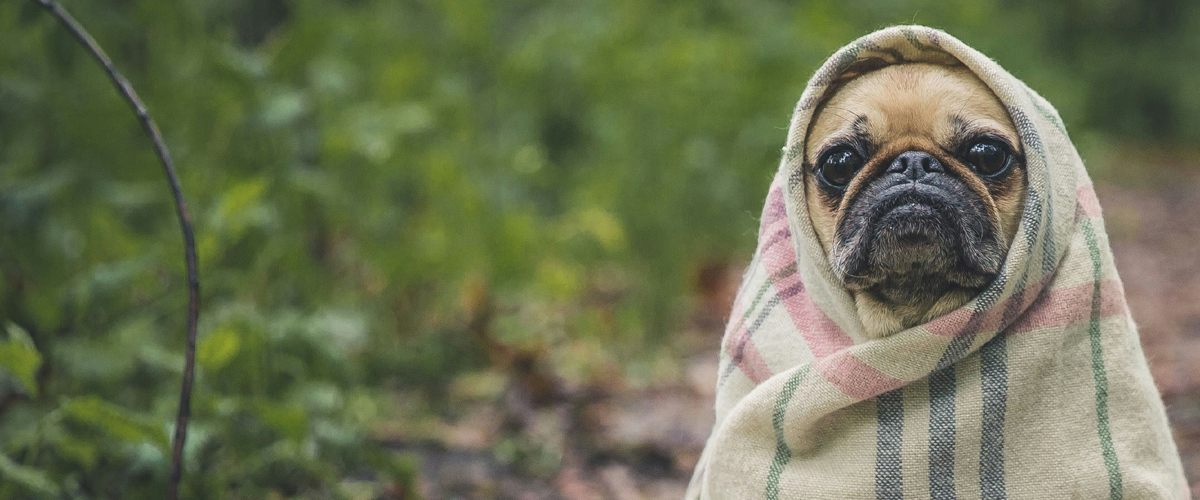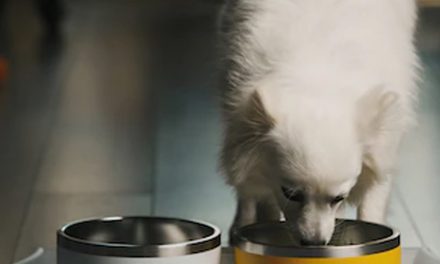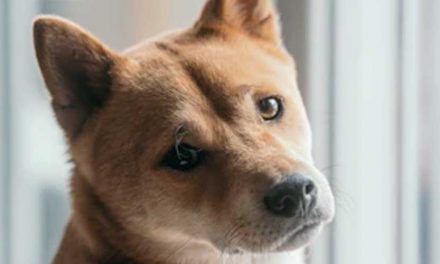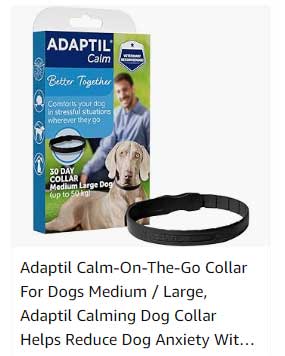If you’ve ever marveled at the way your dog learns from its environment, you might have unwittingly witnessed classical conditioning at play. A fundamental concept in behavioral psychology, classical conditioning, is a process of learning that occurs through associations. It was famously described by Pavlov’s experiments with dogs, and understanding the role of the unconditioned stimulus is crucial for dog owners looking to train their pets effectively.
CLASSICAL CONDITIONING
This article dives into the world of classical conditioning and its significance for dog training, with a specific focus on the unconditioned stimulus that provokes an unconditioned response; in simpler terms, what makes your dog’s tail wag with joy.
WHAT IS CLASSICAL CONDITIONING?
Classical conditioning is a type of learning in which an organism comes to associate one stimulus with another. In simple terms, it’s about learning to expect and prepare for significant events. This was first demonstrated by Ivan Pavlov, a Russian physiologist. His work with dogs and the process of salivation led to the development of the classical conditioning model, which forms the basis for a lot of behavioral theory.
Here’s how it works, in a nutshell:
- Unconditioned Stimulus (US): A stimulus that naturally and automatically triggers a response without any learning needed.
- Unconditioned Response (UR): The unlearned and natural response to the unconditioned stimulus, like salivation at the smell or sight of food.
- Conditioned Stimulus (CS): This was initially a neutral stimulus that, after pairing with the unconditioned stimulus, comes to trigger a conditioned response.
- Conditioned Response (CR): The learned response to the previously neutral conditioned stimulus.
UNCONDITIONED STIMULUS: THE KEY TO DOG BEHAVIOR
The unconditioned stimulus is the driving force behind the dog’s involuntary response. It’s something present in their environment that has a known effect, like food. When the dog encounters this stimulus, such as a smell of food or sight of a feeding bowl, it triggers a reflex, usually in anticipation of eating.
For example, Pavlov presented a dog with a ringing bell (the conditioned stimulus) and then immediately gave the dog food (the unconditioned stimulus). After a few repetitions, the dog started to salivate in response to the bell alone, without the need for food—a process of classical conditioning.
TRAINING WITH CLASSICAL CONDITIONING
Understanding the principles of classical conditioning can transform the way you approach dog training. By pairing experiences your dog enjoys with desired behaviors, you can condition them to respond to a given cue. This makes training more about changing their viewpoint of the cue rather than simply instructing them to follow it.
POSITIVE REINFORCEMENT
Positive reinforcement involves giving your dog a reward (treats, praise, play, etc.) for performing a desired behavior. This reward becomes a conditioned stimulus, signaling to your dog that they’ve done something right. They then associate the action with pleasure and are more likely to repeat it.
NEGATIVE REINFORCEMENT
Negative reinforcement involves removing an unpleasant situation when your dog performs a desired behavior. The removal of the unpleasant situation acts as a reward, encouraging your dog to repeat the action that led to the removal.
EXAMPLES OF CLASSICAL CONDITIONING IN DOG TRAINING
- Bell Training: Associating the sound of a bell with mealtime. Ring a bell every time before you feed your dog. Over time, the bell alone will start to make them salivate, a clear condition response to the previously neutral stimulus.
- Sight of Leash: If your dog gets excited when it sees you pick up its leash for a walk, that’s classical conditioning at work. The leash has become a conditioned stimulus associated with something they love – walkies!
- Clicker Training: The sound of a clicker accompanied by a treat is a classic example of pairing a neutral stimulus with a reward to elicit a conditioned response in the form of a positive behavior.
THE POWER OF PREDICTABILITY
One of the key takeaways from classical conditioning in the context of dog training is the impact of predictability. Dogs, like all animals, thrive on patterns and the predictability of certain events. When they can predict that a specific action will result in a particular outcome, they are more likely to repeat that action voluntarily.
HOW TO APPLY CLASSICAL CONDITIONING AT HOME
- Start with the Unseen: Before you introduce a new cue or association, observe the things that already trigger a response from your dog. This could be the sound of a kibble bag, footsteps to the door, or the dishwasher.
- Pairing the Cue: After identifying these natural triggers, decide on a cue that you will systematically pair with them. The simplest example is the reward (treat) and the words “good boy!”.
- Consistency is Key: It’s crucial to always follow the cue with the unconditioned stimulus. Without consistency, the dog may not form the association.
- Extinction: If you stop pairing the cue with the unconditioned stimulus (like if you said “good boy” and didn’t give a treat), the association will eventually weaken and disappear. This is known as extinction.
THE ROLE OF PATIENCE AND UNDERSTANDING
Classical conditioning in dog training can yield remarkable results, but it requires patience and a deep understanding of your pet’s individual behavior and triggers. What works for one dog may not work for another, and the process can take time. However, the rewards of a well-trained and balanced companion are well worth the investment in time and effort.
CONCLUSION
Classical conditioning is a fascinating area of behavioral psychology, teaching us that our dogs are far more attuned to the environment and our actions than we might realize. By harnessing the power of the unconditioned stimulus, we can create positive associations that shape their behaviors and responses in remarkable ways. For dog owners, knowing how to utilize classical conditioning effectively can make training sessions more enjoyable and successful for both you and your four-legged friend.
Credit: Original Photo by Matthew Henry on Unsplash










